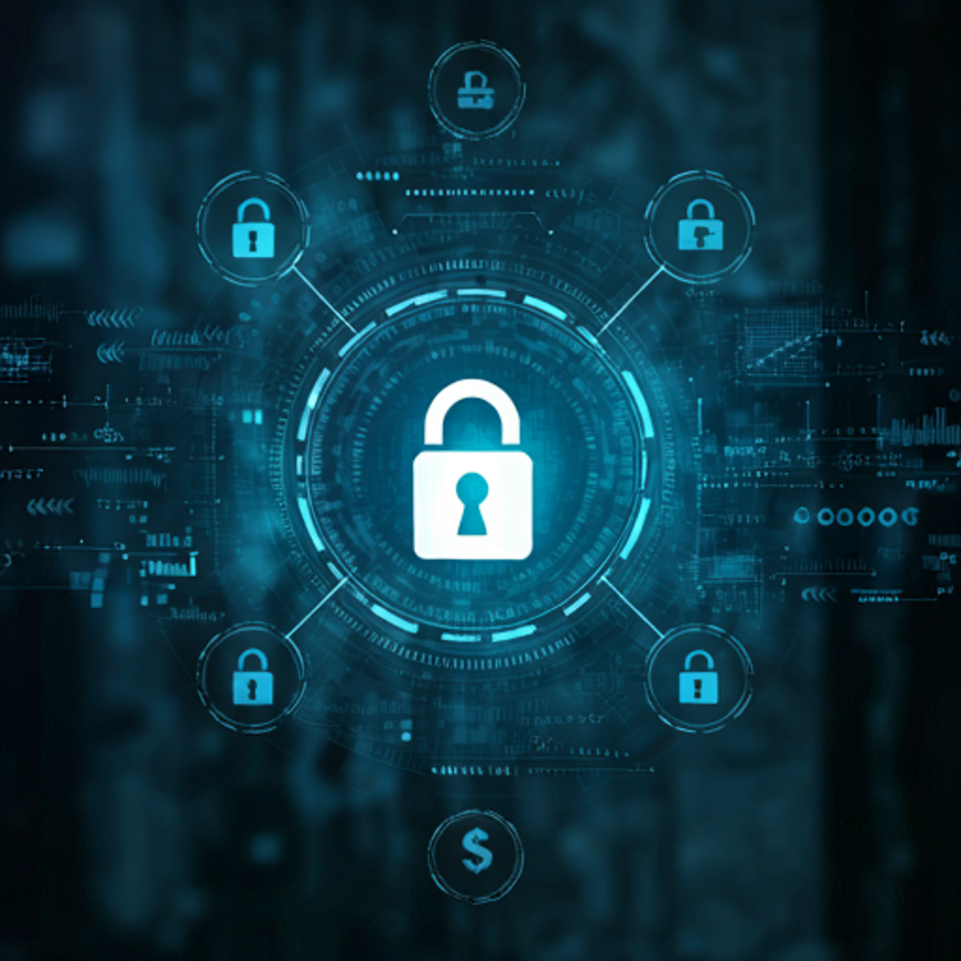Introduction to Cybersecurity in Finance
The Importance of Cybersecurity in the Financial Sector
In the financial sector , cybersecurity is paramount due to the increasing sophistication of cyber threats. Financial institutions handle sensitive data, making them prime targets for cybercriminals. Protecting this information is essential for maintaining trust and integrity in the market. Security breaches can lead to significant financial losses. It’s crucial to implement robust security measures. Every organization must prioritize cybersecurity.
Overview of Common Cyber Threats
Common cyber threats in finance include phishing, ransomware, and insider threats. These attacks exploit vulnerabilities in systems and human behavior. Phishing schemes often trick employees into revealing sensitive information. Ransomware can paralyze operations, demanding payment for data recovery. Insider threats arise from employees misusing access privileges. Awareness is key to prevention. Protect your assets diligently.
Types of Cyber Threats in Cryptocurrency
Phishing Attacks and Social Engineering
Phishing attacks often target individuals in the cryptocurrency sector, exploiting their trust. He may receive fraudulent emails that appear legitimate. These emails typically prompt him to provide sensitive information. Social engineering tactics further manipulate his decision-making process. Attackers create a sense of urgency to elicit quick responses. Awareness is crucial for protection. Stay vigilant and informed.
Malware and Ransomware Risks
Malware and ransomware pose significant risks in the cryptocurrency landscape. He may unknowingly download malicious software that compromises his system. Ransomware can encrypt his files, demanding payment for their release. This creates a critical situation for individuals and businesses alike. Regular updates and security measures are essential for defense. Protecting digital assets is a priority. Stay informed about emerging threats.
Regulatory Frameworks and Compliance
Key Regulations Impacting Cybersecurity
Key regulations impacting cybersecurity include GDPR, CCPA, and PCI DSS. These frameworks establish standards for data protection and privacy. He must comply with these regulations to avoid penalties. Non-compliance can lead to significant financial repercussions. Understanding these laws is essential for effective risk management. Knowledge is power in compliance. Stay updated on regulatory changes.
Best Practices for Compliance in Cryptocurrency
To ensure compliance in cryptocurrency, organizations should implement robust KYC and AML procedures. These practices help mitigate risks associated with fraud and money laundering. Regular audits and assessments are also essential for maintaining compliance. He must document all transactions meticulously. This creates a clear audit trail. Awareness of regulatory changes is crucial. Stay proactive in compliance efforts.
Protecting Digital Assets: Strategies and Tools
Multi-Factor Authentication and Its Importance
Multi-factor authentication (MFA) significantly enhances security for digital assets. By requiring multiple forms of verification, it reduces the risk of unauthorized access. This method combines something he knows, like a password, with something he has, such as a mobile device. Consequently, even if his password is compromised, his assets remain protected. Implementing MFA is a critical step in safeguarding investments. Security should always be a priority.
Ckld Storage vs. Hot Wallets
Cold storage and hot wallets serve different purposes in cryptocurrency management. Cold storage, being offline, offers enhanced security against cyber threats. He can fund his assets safely away from potential hacks. In contrast, hot wallets provide convenience for frequent transactions. However, they are more vulnerable to attacks. Balancing security and accessibility is crucial. Choose the right option for your needs.
Incident Response and Recovery Plans
Developing an Effective Incident Response Strategy
An effective incident response strategy is essential for minimizing damage during a cybersecurity breach. He should establish clear protocols for identifying and assessing incidents. Timely communication is critical to ensure all stakeholders are informed. Additionally, regular training and simulations enhance preparedness. This proactive approach reduces response time significantly. Preparedness is key to effective recovery. Stay ready for potential threats.
Steps for Recovery After a Cyber Attack
After a cyber attack, he must first assess the damage. Identifying compromised systems is crucial for recovery. Next, he should isolate affected networks to prevent further breaches. Restoring data from backups is essential for continuity. Additionally, he must communicate with stakeholders about the incident. Transparency builds trust during crises. Recovery requires careful planning and execution.
Emerging Technologies and Their Impact on Security
Blockchain Technology and Security Enhancements
Blockchain technology enhances security through decentralization and transparency. Each transaction is recorded on a public ledger, making it immutable. This feature significantly reduces the risk of fraud. Additionally, smart contracts automate processes, ensuring compliance and reducing human error. He can trust that agreemebts are executed as intended. The technology’s cryptographic principles further protect sensitive data. Security is paramount in financial transactions.
Artificial Intelligence in Cybersecurity
Artificial intelligence (AI) enhances cybersecurity by analyzing vast amounts of data. It identifies patterns that indicate potential threats. This capability allows for real-time threat detection and response. Additionally, AI can automate routine security tasks, improving efficiency. He can focus on more complex issues. Machine learning algorithms continuously adapt to new threats. Staying ahead of cybercriminals is essential. Embrace AI for better security.
Future Trends in Cybersecurity for Finance
Predicted Threats and Challenges Ahead
As financial institutions increasingly adopt digital transformation, they face heightened risks from sophisticated cyber threats. Cybercriminals are leveraging advanced technologies, such as artificial intelligence, to execute targeted attacks. This evolution in tactics demands a proactive approach to cybersecurity. Financial entities must invest in robust security frameworks. The stakes are high. Regulatory compliance will also become more stringent, necessitating continuous monitoring and reporting. He must stay informed. The integration of blockchain technology may offer enhanced security but also presents new vulnerabilities. Innovation brings risk.
Innovations in Cybersecurity Solutions
Emerging technologies are reshaping cybersecurity solutions in finance. For instance, machine learning algorithms enhance threat detection capabilities. This allows for quicker responses to potential breaches. Speed is crucial in finance. Additionally, the adoption of zero-trust architectures is gaining traction. This approach minimizes trust assumptions within networks. It promotes a more secure environment. Furthermore, biometric authentication methods are becoming standard. They provide an extra layer of security. Security must evolve continuously.
